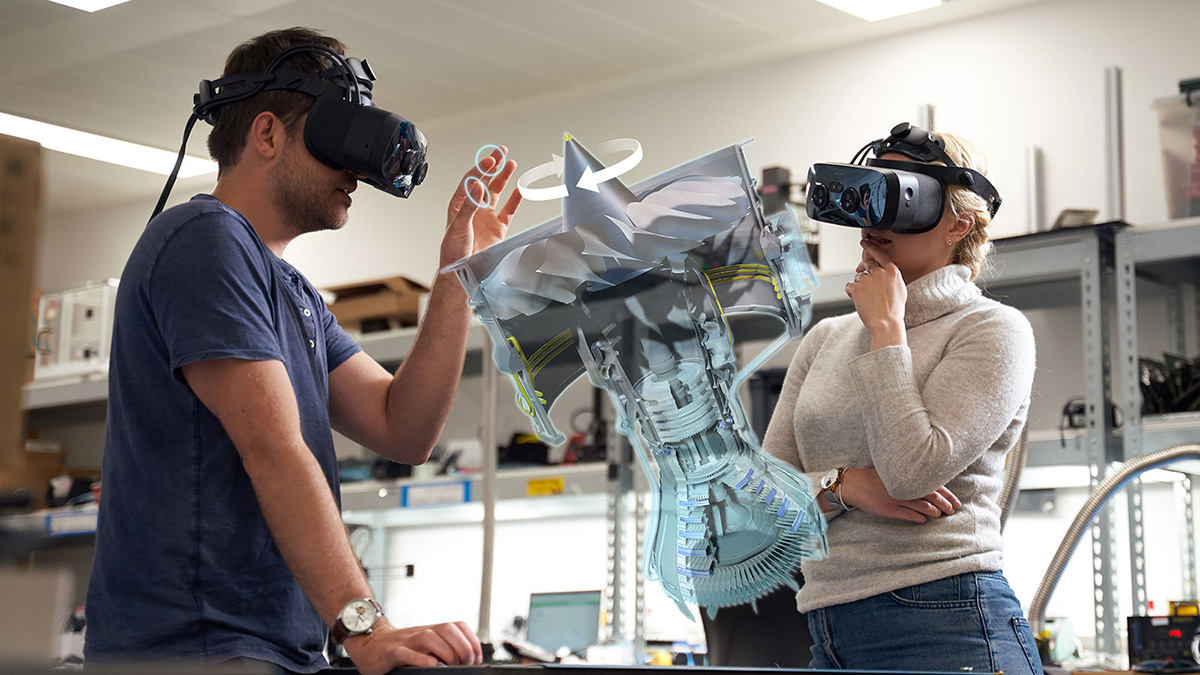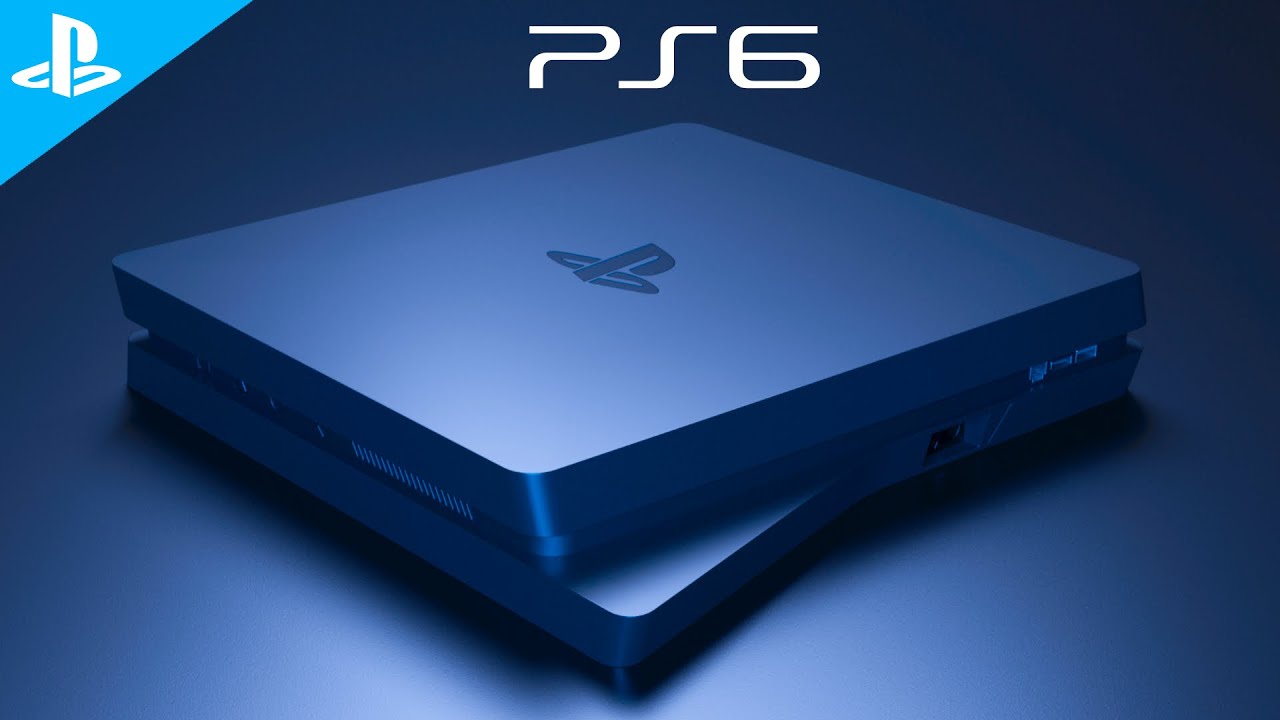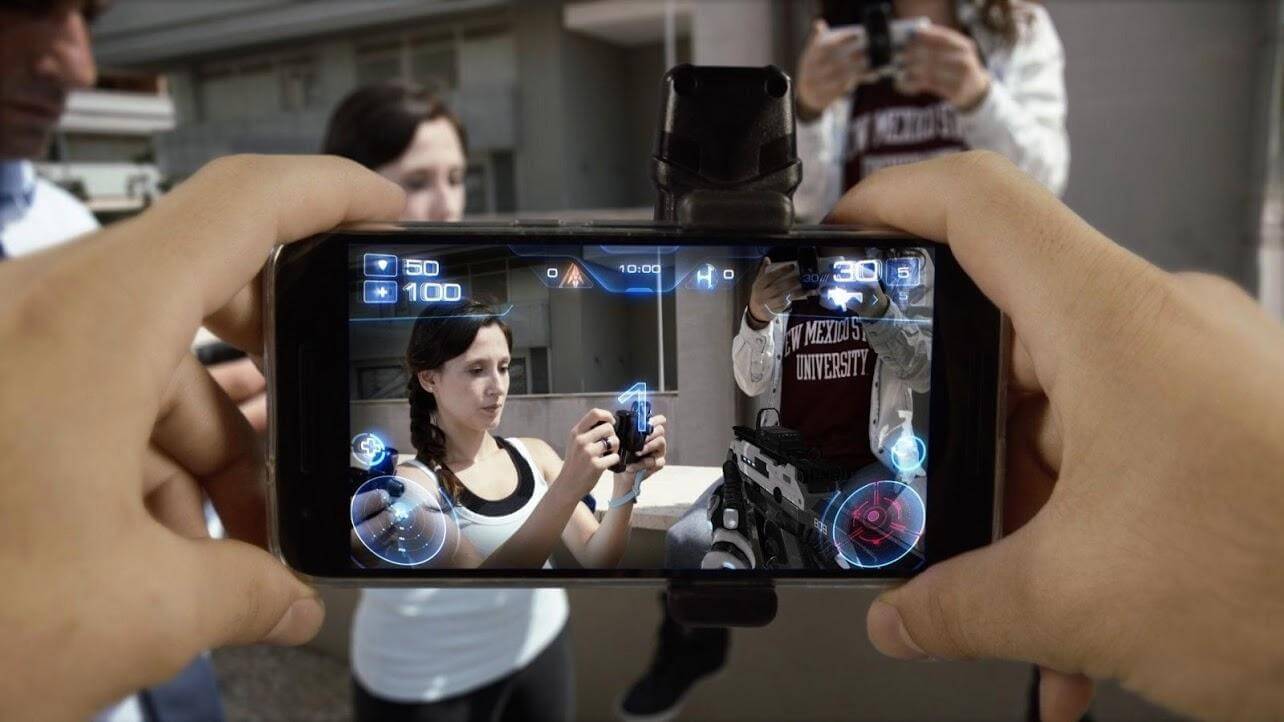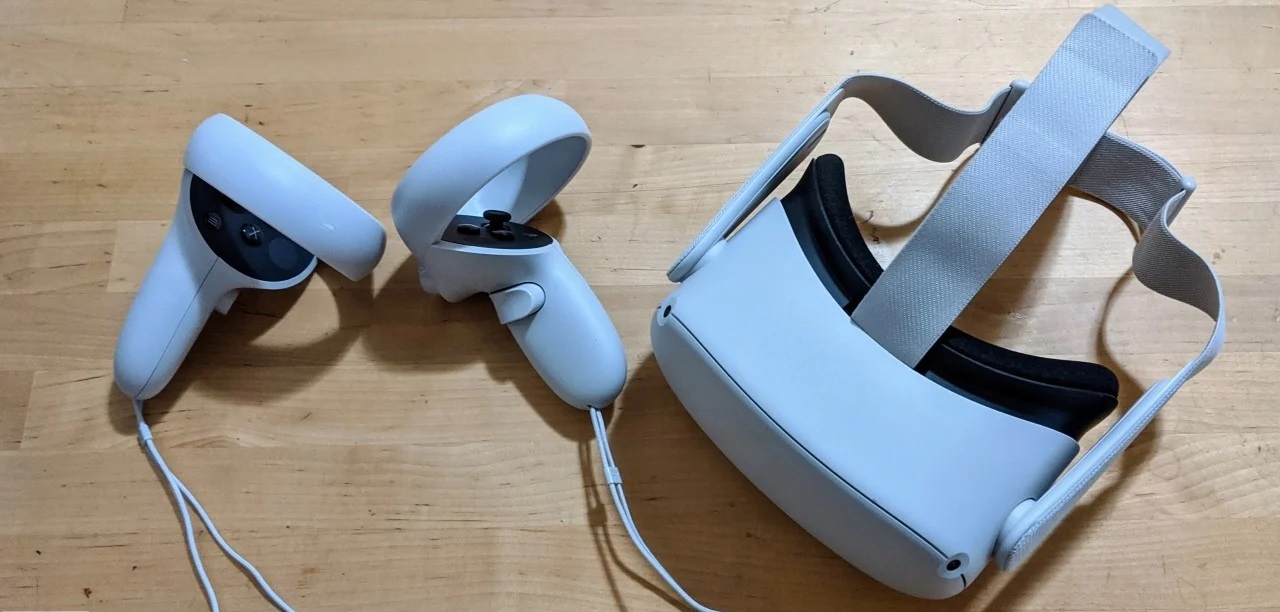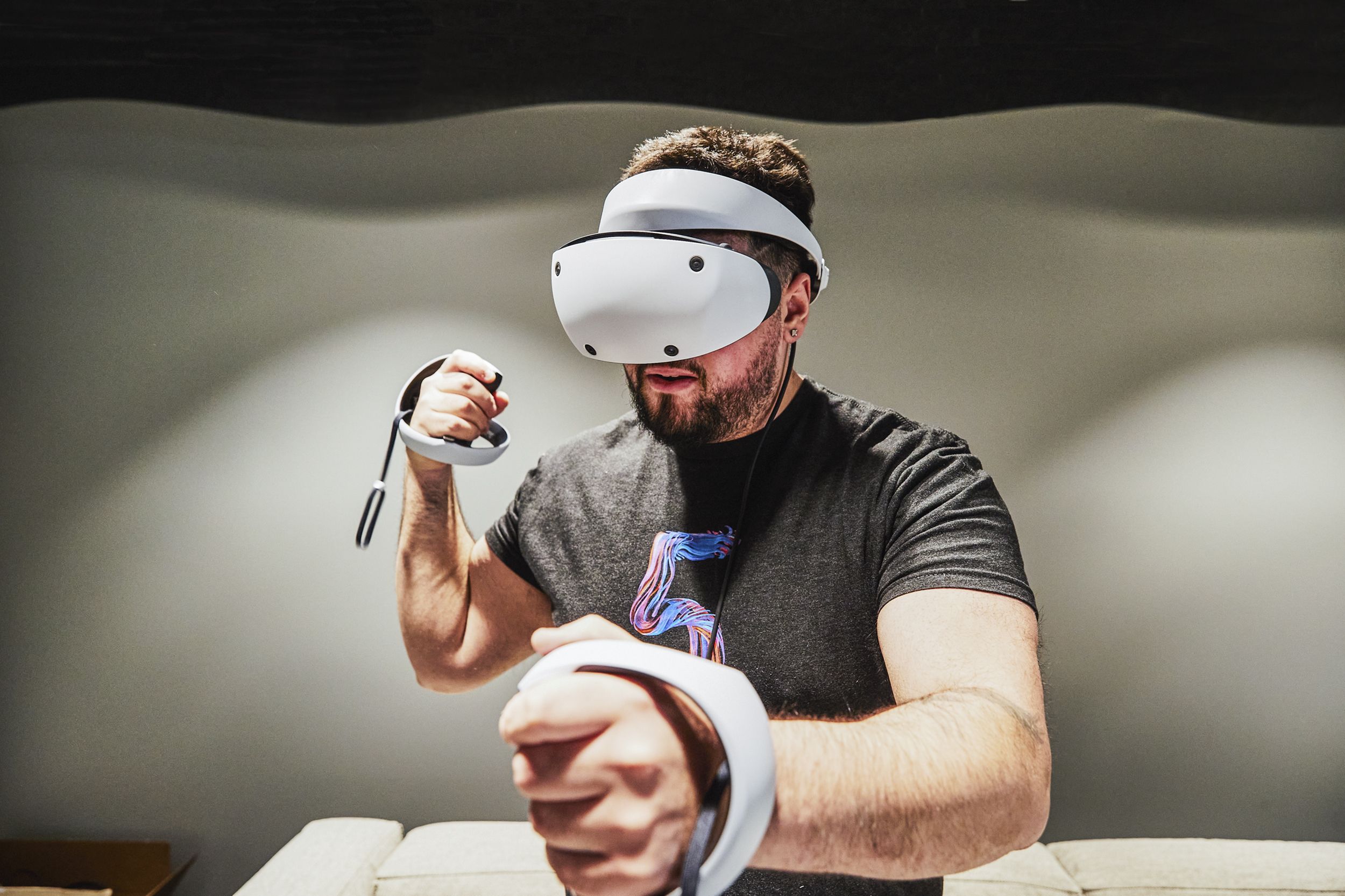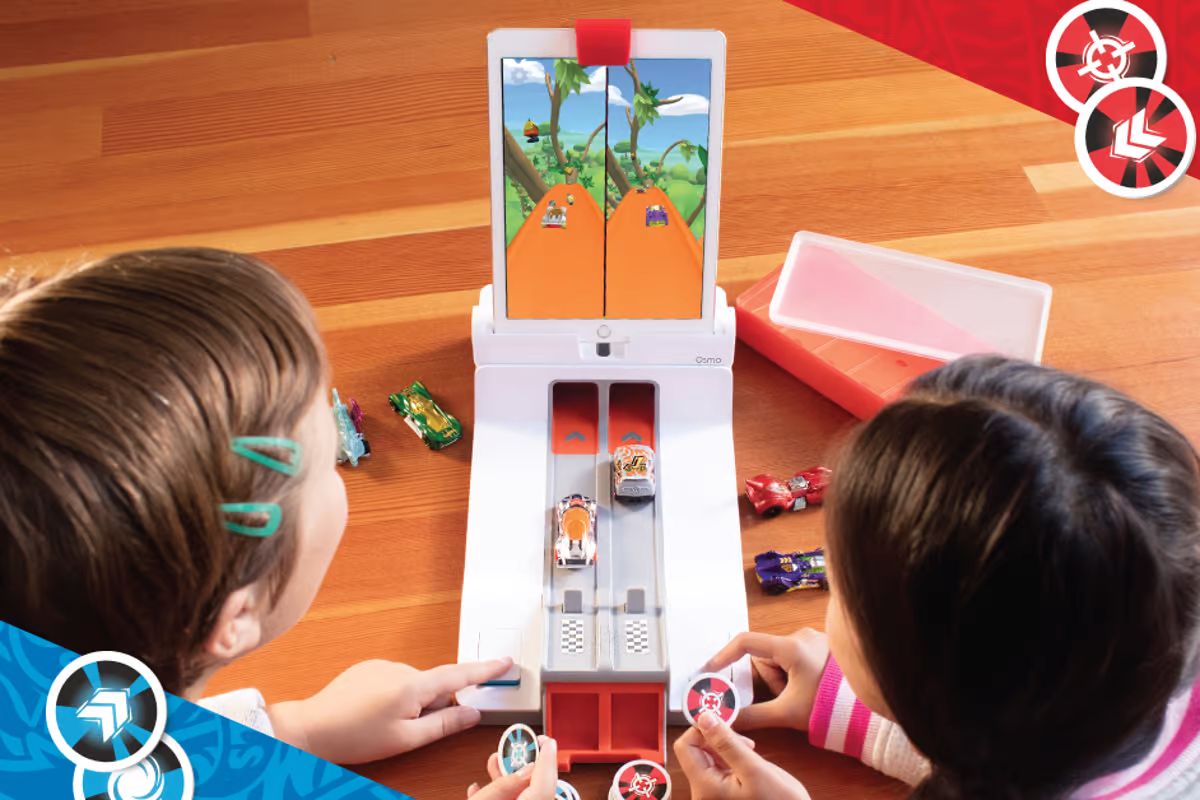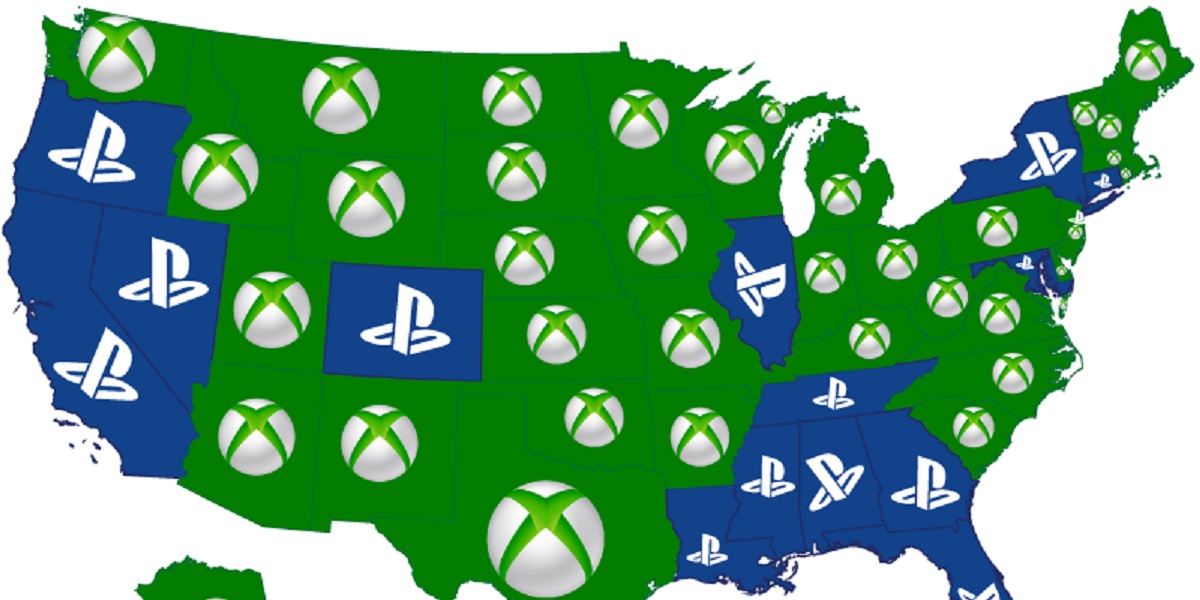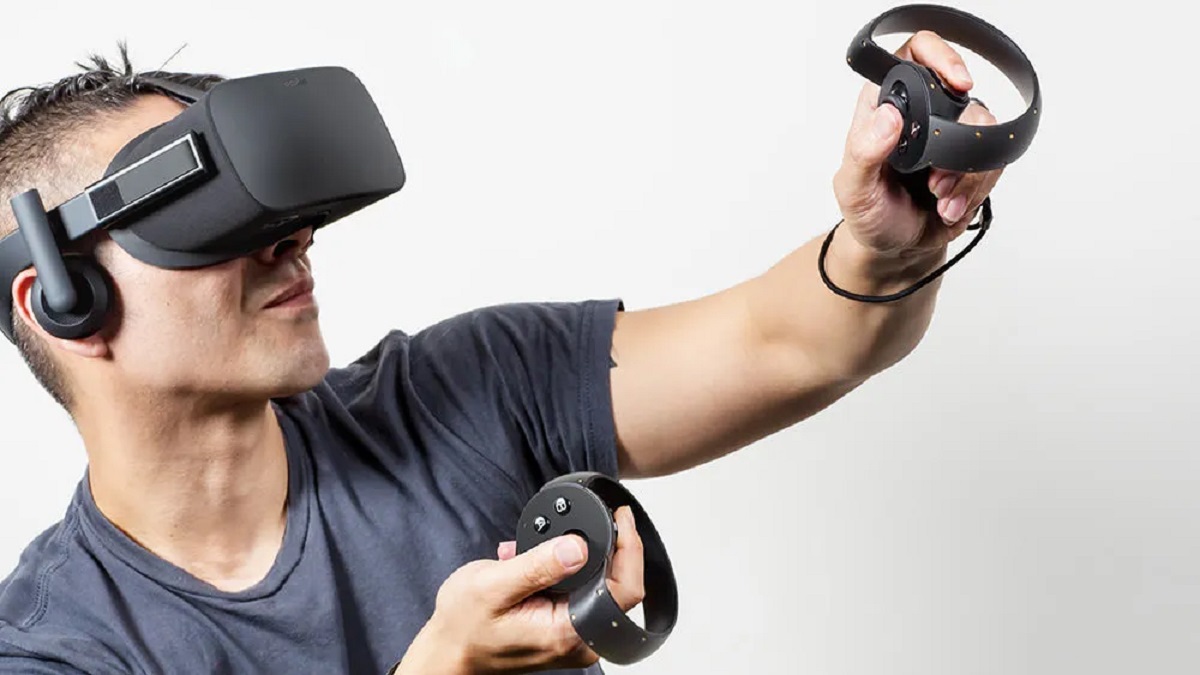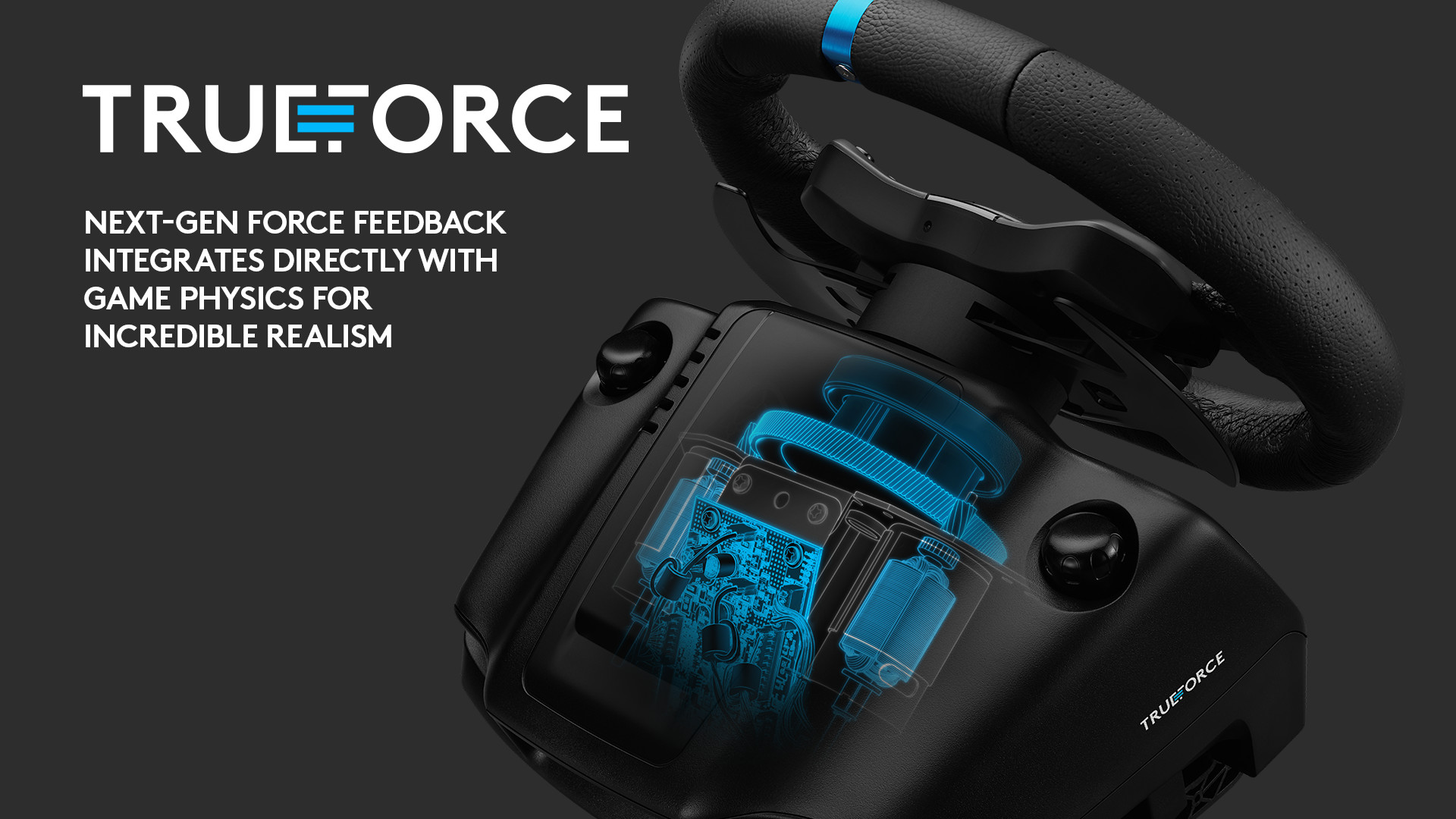In May 2019, Ultrahaptics and Leap Motion merged to form Ultraleap, marking the union of two distinct yet interconnected tech startups. Ultrahaptics, the acquiring party, paid approximately $30 million for Leap Motion, with the former’s co-founder and CEO, Tom Carter, assuming the role of CTO in the new entity.
Key Takeaway
Ultraleap’s merger of Ultrahaptics and Leap Motion aims to revolutionize the XR landscape by integrating tactile feedback with hand tracking, offering a more immersive and realistic virtual experience.
Exploring Extended Reality (XR)
The primary focus of the merger is the integration of both companies’ technologies, with a particular emphasis on the emerging realm of extended reality (XR). Tom Carter envisions a long-term application of XR, emphasizing its diverse nature and its potential for interacting with 3D content.
Leap Motion and Ultrahaptics
Leap Motion, established in 2010, gained recognition for its Leap Motion Controller, which utilized IR cameras and infrared LEDs for hand tracking, primarily targeting VR applications. On the other hand, Ultrahaptics, founded three years later, employs ultrasound waves to generate tactile feedback.
Target Verticals: Automotive and XR
Ultrahaptics is directing its technology towards two key verticals. Firstly, in the automotive sector, the company aims to collaborate with car manufacturers to integrate tactile feedback into in-car heads-up displays using a console-based speaker. Secondly, in the XR domain, the joint entity is working on a device that combines tactile feedback with hand tracking to provide a more immersive virtual experience.
Revolutionizing XR Haptic Experience
Unlike conventional solutions involving wearable haptic motors, Ultraleap’s approach utilizes a small “puck” emitting ultrasound waves to provide tactile feedback. This innovation seeks to address the longstanding issue of sensory feedback in XR, enhancing the virtual landscape with a sense of weight and reality.
Commercialization and Future Prospects
Ultraleap recently showcased Sensation Designer at CES, a software package empowering developers to incorporate haptic experiences into XR. This tool, exemplified by a virtual bonsai tree demo, demonstrates the potential for enhancing various applications, from gaming to enterprise use cases, with an augmented sense of reality.







